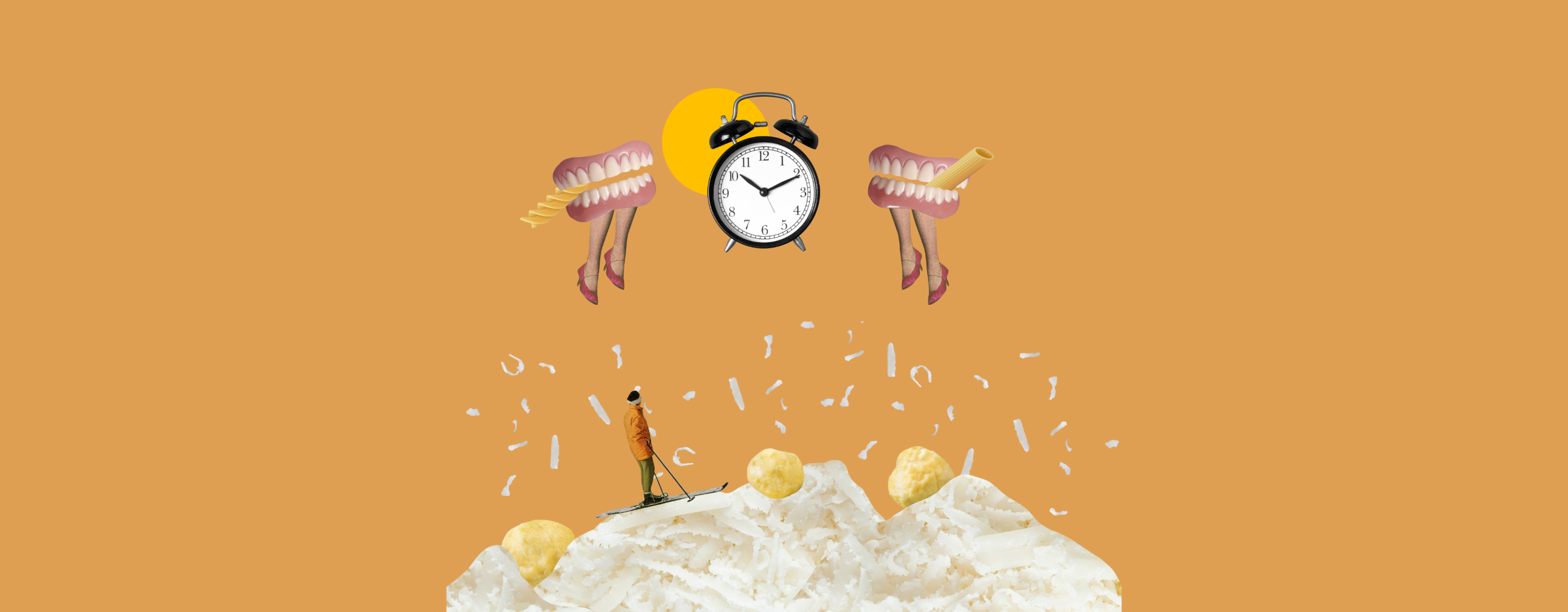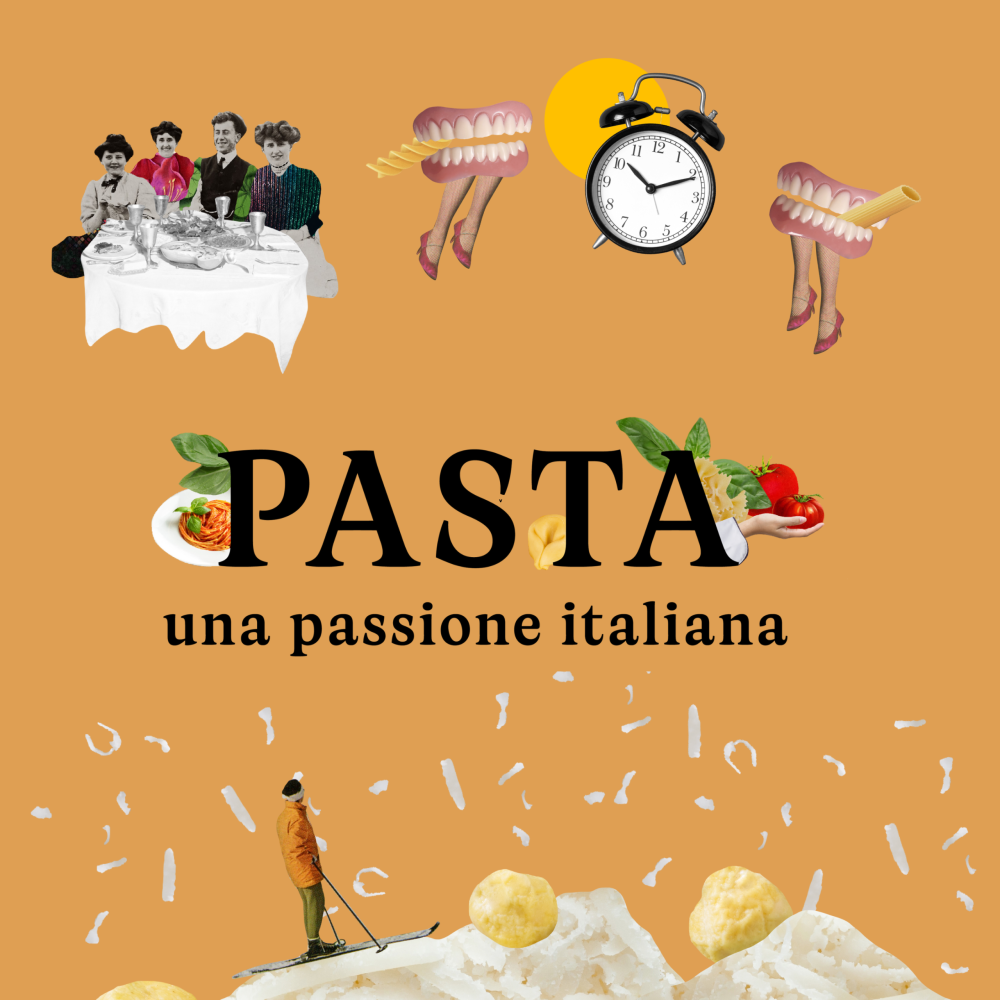
Pasta, the queen of the table
- Date
The fact that pasta, especially as of the Middle Ages, has played a fundamental role in the diet of Italians is shown by the antiquity of the many words used to describe it, first and foremost maccheroni and ravioli. Cited in Boccaccio's Decameron, they have a place of honour in the description of the Bengodi district, an imaginary town of abundance, a paradise of delights. It is a spoken name, formed of the Italian words for good - bene - and enjoyment - godere. Maccheroni and raviuoli, cooked in capon broth, are rolled down a mountain of parmesan cheese, to be enjoyed by anyone who happens to be in the valley. Proof of this type has led scholars to believe that medieval maccheroni, at least in the Florentine area, are comparable to a kind of gnocchi. Later the word took on different meanings. In the first print of the Vocabolario degli Accademici della Crusca (1612) their definition remained rather ambiguous, reading “well-known food, made of wheat flour”. In in the second, dated 1623, however, greater precision emerges, since they are described as small lasagne. To quote “well-known food, made of wheat flour dough, spread thinly into layers, and cooked in water”. Subsequently, the term maccheroni was identified with different shapes of pasta depending on the region: short pasta with a hole through it, longer pasta similar to bucatino. By extension it was understood as “any type of pasta to be eaten dry” i.e. not in broth. Short or long, therefore, maccheroni has been popular in Italy since the Middle Ages, and was exported just a few centuries later. Indeed, between the 16th and 17th centuries, adaptations in Spanish, French and English can be found. Why maccheroni though? Although the etymology still remains obscure, one of the most accredited hypotheses holds that maccherone is a derivative of maccare meaning 'to knead’. Others trace the word back to macco which is broad bean polenta. The etymology of ravioli is still obscure, too.
The history of the latter, as we have already partly seen, is ancient. Indeed, ravioli can be found in the oldest manuscript written in the Italian vernacular, a recipe book called the Riccardiano 1071 (which dates between 1338 and 1339), in the form of raviuolo. There are those who claim it comes from the Genoese raviêu i.e. scalloped point, probably due to the scalloped edges of the pasta. Those referring to the filling, however, proposed a derivative of raviggiuolo i.e. goat’s or cow's milk cheese. This, in turn, derives from the Genoese words rabilole, 'futile things' or rovigliolo 'mix of filling ingredients’. Those who hold it is Venetian in origin, say it comes from rafiòl, diminutive of raffio meaning 'hook' plus the suffix -òlo. Lastly, one of the most accredited hypotheses connects raviolo to the outer casing of the ravioli itself. In this case, the word follows a route south. Indeed, the Norman ravieles was formed from the shape ravoglio, which in turn comes from the Latin revolvere i.e to roll back, subsequently Latinized into raviolus. From this came the new Italian term, raviolo.
Originally, raviolo seems to identify the filling (a sort of gnocco), either wrapped or not in a tortello. In Maestro Martino da Como’s Libro de arte coquinaria, the first recipe book to carry the signature of its author, and subsequently in Bartolomeo Scappi’s Opera and Cesare Evitascandalo’s Libro dello Scalco, there are ravioli with or without pastry. Only in the 19th century did tortelli and ravioli begin to be identified. Unsurprisingly, it was once again Pellegrino Artusi who, for ravioli (recipe no. 62 in the 1st edition) describes a mixture of herbs and cheeses, without pastry. Moreover, in the recipe for Ravioli alla Genovese (recipe no. 63 in the 1st edition) he specifies, “These, really, should not be called raviuoli because real ravioli are not made with meat and are not wrapped in pastry.”
Monica Alba, Università per Stranieri di Siena

